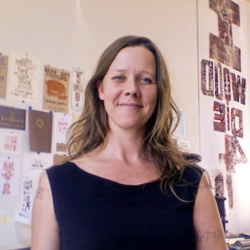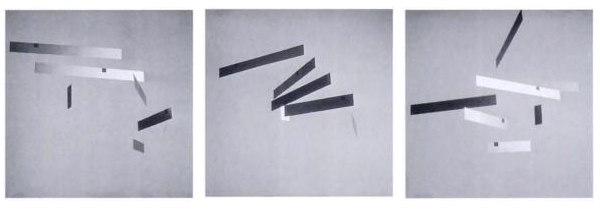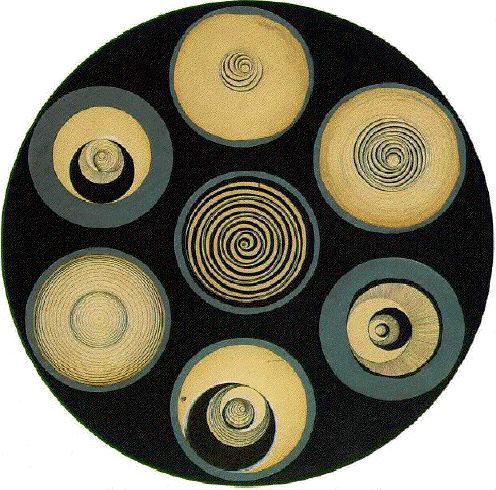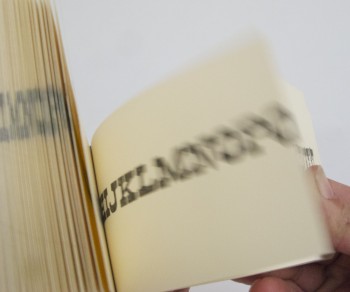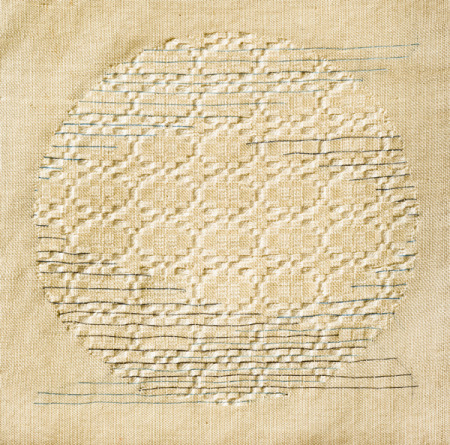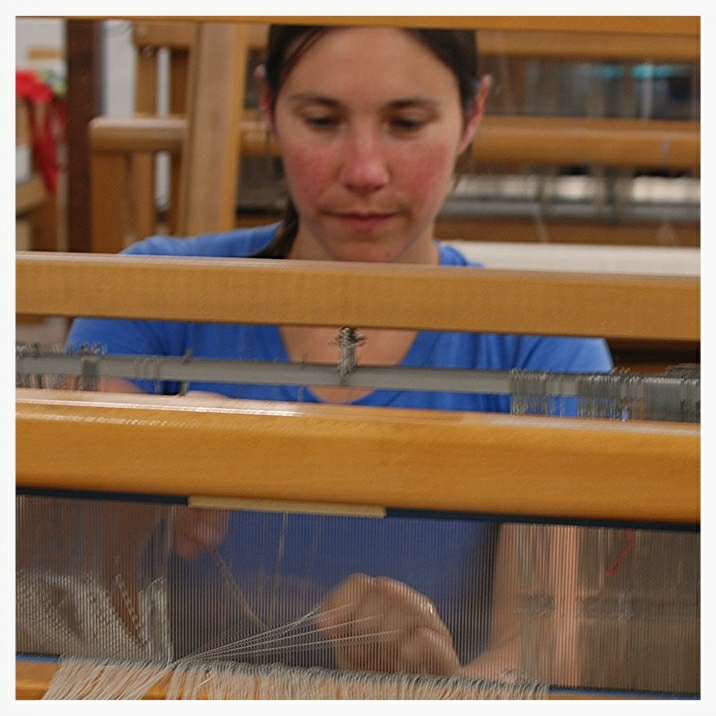“I don’t draw something and then go find a pile of wood and build it.
I find the pile of wood, respond to that pile of wood,
and then make something based on what’s there.”
—Tom Shields
Found wood and one’s attention to it as inspiration for design will be at the core of Penland resident artist Tom Shields’s spring woodworking workshop. “Patinas, nail holes, rot in an old piece of wood–all of these can be springboards into what gets made,” says Tom.
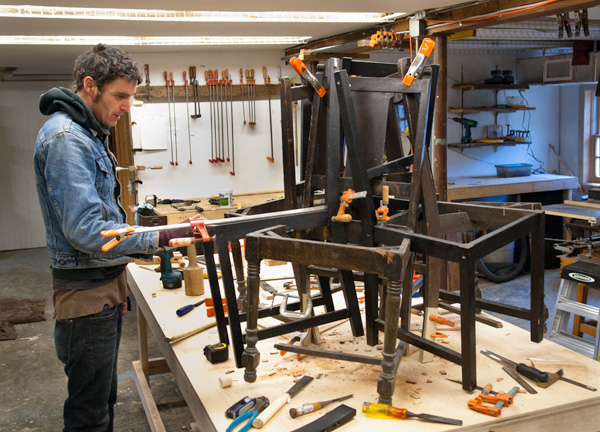
Along with covering traditional woodworking techniques, the eight-week workshop will veer to embrace the nontraditional. Conversations about idea and content will be generated by activity in the workshop. For example, the first project: Shields’s students will all be asked to bring a loved object with them to Penland. Then, they will create a cabinet for the object. The function and design of the cabinet will be up to the maker: would you build something to hide, display, or protect your object?
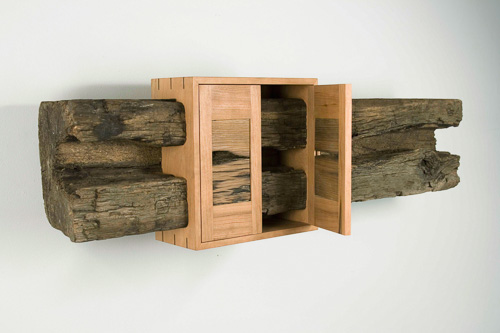
cherry, 11 x 8 x 38 inches
Tom Shields – Make Do with What You Have, Take What You Can Get
March 9-May 2, 2014
In the wood studio
Want to learn woodworking while giving new life to discarded wood? We’ll spend time learning where to find recycled wood: the dump, junk stores, dumpsters, the woods. Then we’ll make sculptural, functional, and furniture pieces from any kind of wood object, applying traditional woodworking techniques and joinery to nontraditional materials. We’ll also use some new lumber to fabricate elements as needed. Both hand and power tools will be used as we incorporate woodworking and trash into the same vocabulary. The workshop will also cover sharpening, the proper use of tools, and safety. All levels.
To find out more and register for this workshop click here.
Spring scholarship deadline is November 29.
Please note: applications need to be at Penland by this date to be considered for scholarship. Overnight service may not deliver to Penland’s campus on time, please plan accordingly.
Making something with what’s available in the world–and wholly rejecting the capitalist enterprise that tries to commodify it–was intrinsic to the punk movement of the 1970s and 80s and to Tom Shields’s own emergence in craft. Punk’s restless creative ethos is part of his philosophy of teaching today–with an emphasis on an open invitation to anyone to take and make, dispelling the cliché of “punk” as a closed zone of angst or aggression.
Tom Shields’s students will take their own DIY impulse into time and materials, while also picking up some incomparable experiences. Timber framer Raivo Vihman will be the studio assistant–he’ll be demonstrating large-scale timber framing and joinery. Annie Evelyn will also visit to demonstrate techniques in upholstery. Bob Biddlestone will cover router jigs, fixtures, and talk about applying woodworking techniques to other materials.
“I definitely like to teach people how to do just about everything with as little as possible. If you have a chisel, a block plane, a hand drill, and a Japanese saw, you can build just about anything.”
Tom Shields is a resident artist at Penland School of Crafts. He has taught previously at Penland and the University of Massachusetts-Dartmouth. His exhibitions include Blue Spiral 1 (NC) and the North Carolina Museum of Art. His work is part of collections at Decordova Museum (MA), Gregg Museum (NC), University of Arkansas, and the North Carolina Museum of Art, among others.


